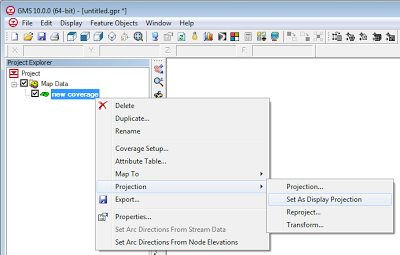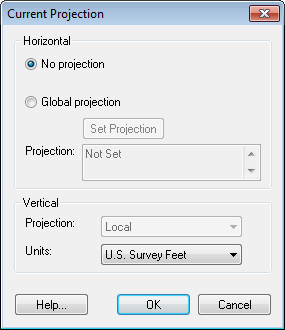Advanced GMS Training, Cairo, Egypt
By alemon on February 14, 2013Dar Al-Handasah hosted an Advanced GMS Training Course from February 6-12, 2013.
The class comprised 6 full days of training. A broad range of subjects were covered including: creating MODFLOW models by directly editing 3D Grid, MODFLOW conceptual models, GIS data integration with groundwater models, subsurface modeling, model calibration, PEST, Parallel PEST, SVD-Assist, MODPATH, Transport Modeling with MT3DMS, Stochastic simulations using parameter distributions, Stochastic simulations using TPROGS material sets, Stochastic simulations using PEST Null Space Monte Carlo, SEAWAT, and MODFLOW-CFP. Most of the time in the training was passed using GMS to solve case study problems. Many of the case studies were based on Woburn, MA (the subject of the book and film
The class comprised 6 full days of training. A broad range of subjects were covered including: creating MODFLOW models by directly editing 3D Grid, MODFLOW conceptual models, GIS data integration with groundwater models, subsurface modeling, model calibration, PEST, Parallel PEST, SVD-Assist, MODPATH, Transport Modeling with MT3DMS, Stochastic simulations using parameter distributions, Stochastic simulations using TPROGS material sets, Stochastic simulations using PEST Null Space Monte Carlo, SEAWAT, and MODFLOW-CFP. Most of the time in the training was passed using GMS to solve case study problems. Many of the case studies were based on Woburn, MA (the subject of the book and film

The students really appreciated all of the time spent practicing using GMS to solve a variety of groundwater problems. They especially appreciated how powerful, intuitive, and easy GMS was to work with. By the end of the first day the students were able to create MODFLOW models with almost no help from the instructor.
Aquaveo wishes to express many thanks to Dr. Abdel-Rahman Abdel-Raouf of Dar Al-Handasah for helping to organize the class.












